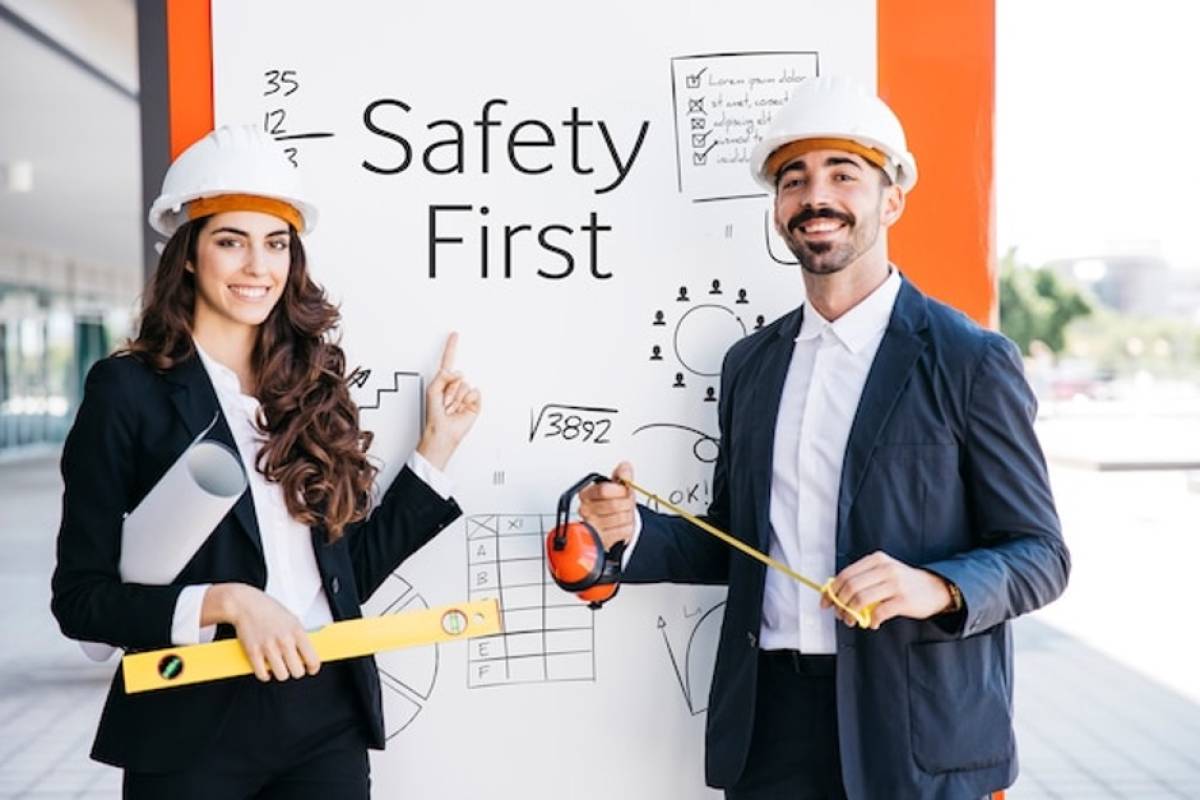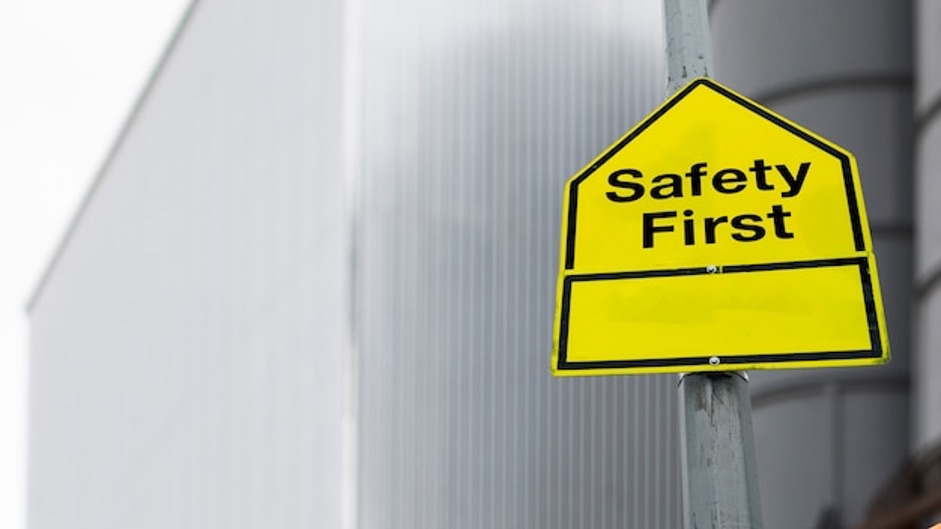How to Create a Culture of Safety in the Workplace

In today's fast-paced work environments, creating a culture of safety is paramount for organizations aiming to prioritize employee well-being, enhance productivity, and establish a secure workplace.
Workplace safety goes beyond mere compliance with regulations; it involves fostering a mindset where every employee actively participates in identifying and mitigating potential hazards.
By nurturing a culture of safety, organizations not only protect their most valuable asset—their employees—but also reap the benefits of improved morale, reduced accidents and injuries, and enhanced organizational success.
Significance of Cultivating a Safety-Conscious Work Environment
The importance of workplace safety cannot be overstated. Beyond the ethical obligation to provide a safe working environment, it also directly impacts an organization's financial and legal standing.
Workplace accidents and injuries can lead to costly litigation, reputational damage, and increased insurance premiums. Moreover, a culture of safety instills a sense of trust and loyalty among employees, leading to higher retention rates and attracting top talent.
By prioritizing safety, organizations demonstrate their commitment to employee well-being and set the foundation for a secure and productive workplace.
Key Strategies to Create a Strong Workplace Safety Culture

To create a positive safety culture that results in improved workplace safety and organisational performance, some essential things need to come together to make it happen:
1. Leadership's Crucial Role in Building a Safety Culture
Establishing a culture of safety starts at the top. Leaders play a pivotal role in championing safety initiatives and shaping employee attitudes and behaviors.
By actively promoting safety, leaders set the standard for all employees to follow. They must prioritize safety in their decision-making processes, allocate resources for safety training and equipment, and establish clear expectations for safety performance.
When leaders demonstrate a genuine commitment to safety, it filters down throughout the organization, creating a culture where every employee feels responsible for their own safety and the safety of others.
2. Establishing Clear and Effective Safety Policies and Procedures
Comprehensive safety policies and procedures are the foundation of a strong safety culture. Organizations must develop clear guidelines that address potential hazards and outline safety protocols to be followed by all employees. These policies should cover areas such as hazard identification, incident reporting, emergency response, and personal protective equipment (PPE) requirements.
However, having these policies in place is not enough; effective communication is essential. Organizations should implement regular training programs, safety orientations for new employees, and ongoing educational sessions to ensure that all employees are aware of and understand the safety policies and procedures.
3. Enhancing Safety Awareness through Training and Education
Training and education are vital components of building safety awareness among employees. Offering comprehensive safety training programs, such as the OSHA 30 Hour construction training or the OSHA 10 Hour construction training, equips employees with the knowledge and skills to identify and mitigate workplace hazards effectively. These programs cover a wide range of topics, including hazard recognition, fall protection, electrical safety, and more.
Ongoing safety education and refresher courses are also crucial to keep employees updated with the latest safety regulations and best practices. By investing in training and education, organizations empower employees to make informed decisions and actively contribute to a safe work environment.
4. Cultivating Employee Engagement and Accountability for Safety
Creating a culture of safety requires engaging employees and fostering a sense of accountability for their own safety and the safety of their colleagues. This can be achieved through various means, such as involving employees in safety committees, seeking their input on safety improvement initiatives, and encouraging active participation in safety-related discussions.
When employees feel engaged and accountable for safety, they are more likely to identify potential hazards, suggest improvements, and consistently adhere to safety protocols.
5. Promoting a Culture of Reporting and Incident Investigation
An effective safety culture encourages employees to report safety incidents, near misses, and potential hazards without fear of reprisal. Transparent reporting allows for timely intervention and corrective actions to prevent future accidents.
Organizations should establish clear reporting procedures and provide mechanisms for anonymous reporting if necessary. Incident investigations should be conducted thoroughly to identify root causes and implement appropriate measures to prevent
6. Acknowledging and Incentivizing Safety Excellence
Recognizing and rewarding safety practices is a powerful tool for reinforcing a culture of safety. By acknowledging and appreciating employees who consistently adhere to safety protocols and actively contribute to a safe work environment, organizations reinforce the importance of safety as a core value.
Recognition can take various forms, such as verbal praise, certificates, safety awards, or incentive programs. When employees' safety efforts are recognized and rewarded, it not only boosts morale but also serves as a positive example for others, motivating them to prioritize safety and actively participate in creating a secure workplace.
7. Driving Continuous Improvement and Evaluation of Safety Measures
Ensuring workplace safety requires a commitment to continuous improvement and evaluation of safety measures. Organizations should regularly assess their safety policies, procedures, training programs, and equipment to identify areas for enhancement. Safety audits, inspections, and feedback mechanisms from employees can provide valuable insights.
By analyzing incident data, near misses, and safety performance indicators, organizations can identify trends and implement proactive measures to prevent future incidents. Regular evaluation and adjustment of safety measures demonstrate a commitment to ongoing improvement, allowing organizations to adapt to changing circumstances, technology, and regulations while maintaining a safe and secure work environment.
Conclusion
Creating a culture of safety is vital for organizations aiming to build a secure and productive workplace. It requires leadership commitment, effective communication of safety policies, comprehensive training, fostering employee engagement and accountability, encouraging reporting and incident investigation, recognizing and rewarding safety practices, and continuously improving and evaluating safety measures.
By prioritizing safety, organizations protect their employees, enhance productivity, and contribute to their long-term success. A culture of safety not only saves lives, but also cultivates a positive work environment where employees thrive and feel valued.





















![[node:title]](/sites/default/files/styles/video_thumbnail_bottom/public/morning_preparation_and_beauty_tips.jpg?itok=LHd6pXGf)